The ability to track shipments in real-time has become a critical component of efficient supply chain management. As businesses strive to meet ever-increasing customer expectations for speed and transparency, leveraging cutting-edge technology for shipment tracking and visibility has become essential. Here, we explore the transformative impact of technology on shipment tracking and highlights how Ziegler’s innovative solutions are leading the way in this digital revolution.
The Evolution of Shipment Tracking
Gone are the days when tracking a package meant calling a customer service line and waiting for manual updates. The advent of digital technologies has ushered in a new era of real-time visibility, allowing shippers and recipients to monitor their goods at every step of the journey. From GPS and RFID tags to IoT sensors and blockchain, a myriad of technologies now work in concert to provide unprecedented levels of transparency and control.
Real-time tracking offers numerous benefits:
- Enhanced customer satisfaction: Customers can access up-to-the-minute information about their shipments, reducing anxiety and increasing trust.
- Improved operational efficiency: Logistics providers can optimise routes, predict delays, and proactively address issues.
- Reduced losses and theft: Constant monitoring helps prevent loss and quickly identify any irregularities.
- Better inventory management: Real-time data enables more accurate forecasting and just-in-time inventory practices.
- Increased sustainability: Optimised routes and reduced empty miles contribute to lower carbon emissions.
Ziegler’s Cutting-Edge Solutions
Recognising the critical importance of real-time visibility, Ziegler has developed two powerful applications that are revolutionising the way businesses manage their shipments: Ziegler Order Entry (ZOE) and Easy Track.
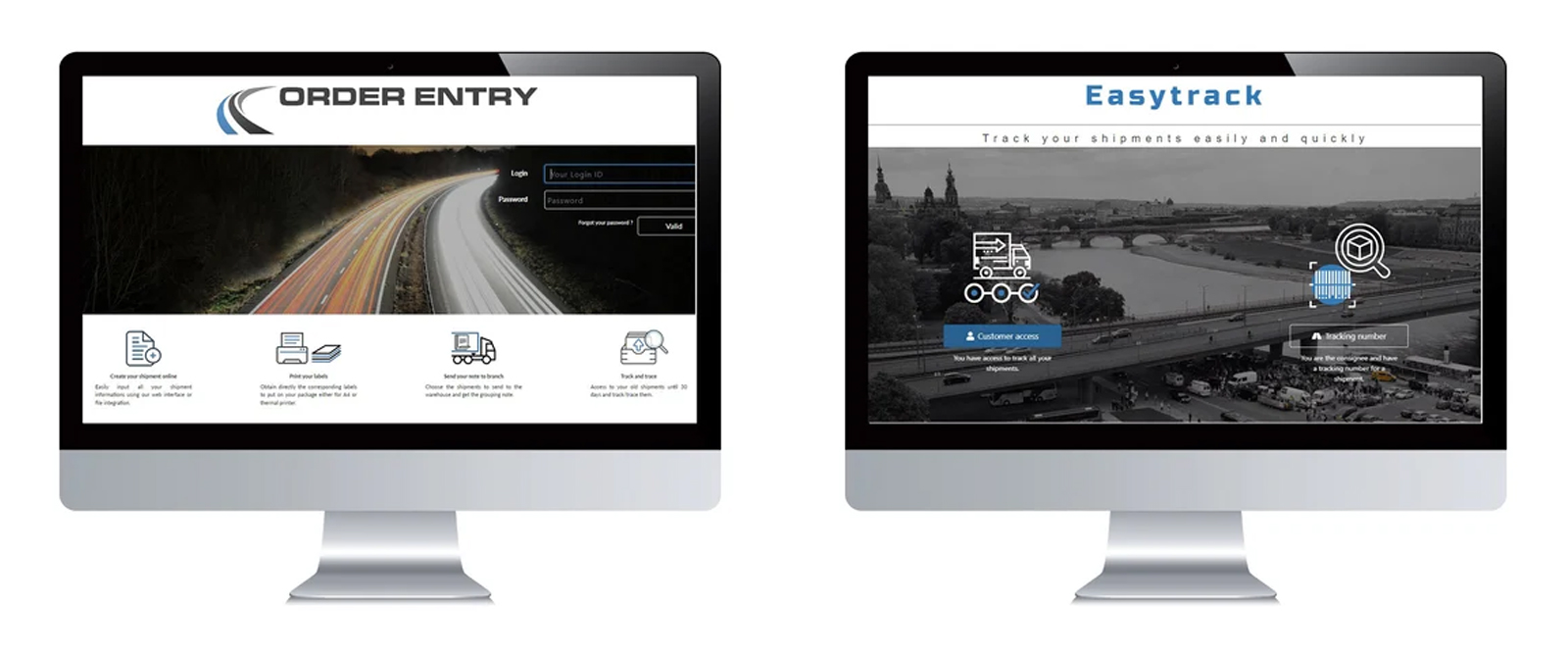
Ziegler Order Entry (ZOE)
ZOE is a game-changing platform that streamlines the entire order entry process. This intuitive application allows users to:
- Quickly create and submit shipping orders
- Access real-time quotes and transit times
- Track shipments from pickup to delivery
- Manage documentation electronically
- Generate customised reports
By centralising these functions in one user-friendly interface, ZOE significantly reduces administrative burden and minimises the risk of errors. The result is a more efficient, cost-effective shipping process that keeps customers informed every step of the way.
Easy Track
Complementing ZOE, Easy Track takes shipment visibility to the next level. This powerful tracking tool provides:
- Real-time GPS tracking of shipments
- Customisable alerts and notifications
- Detailed shipment history and status updates
- Integration with other supply chain systems
- Mobile access for on-the-go monitoring
Easy Track empowers businesses with the information they need to make informed decisions, proactively address potential issues, and keep their customers satisfied. By providing granular visibility into the shipping process, Easy Track helps companies optimise their supply chains and stay ahead of the competition.
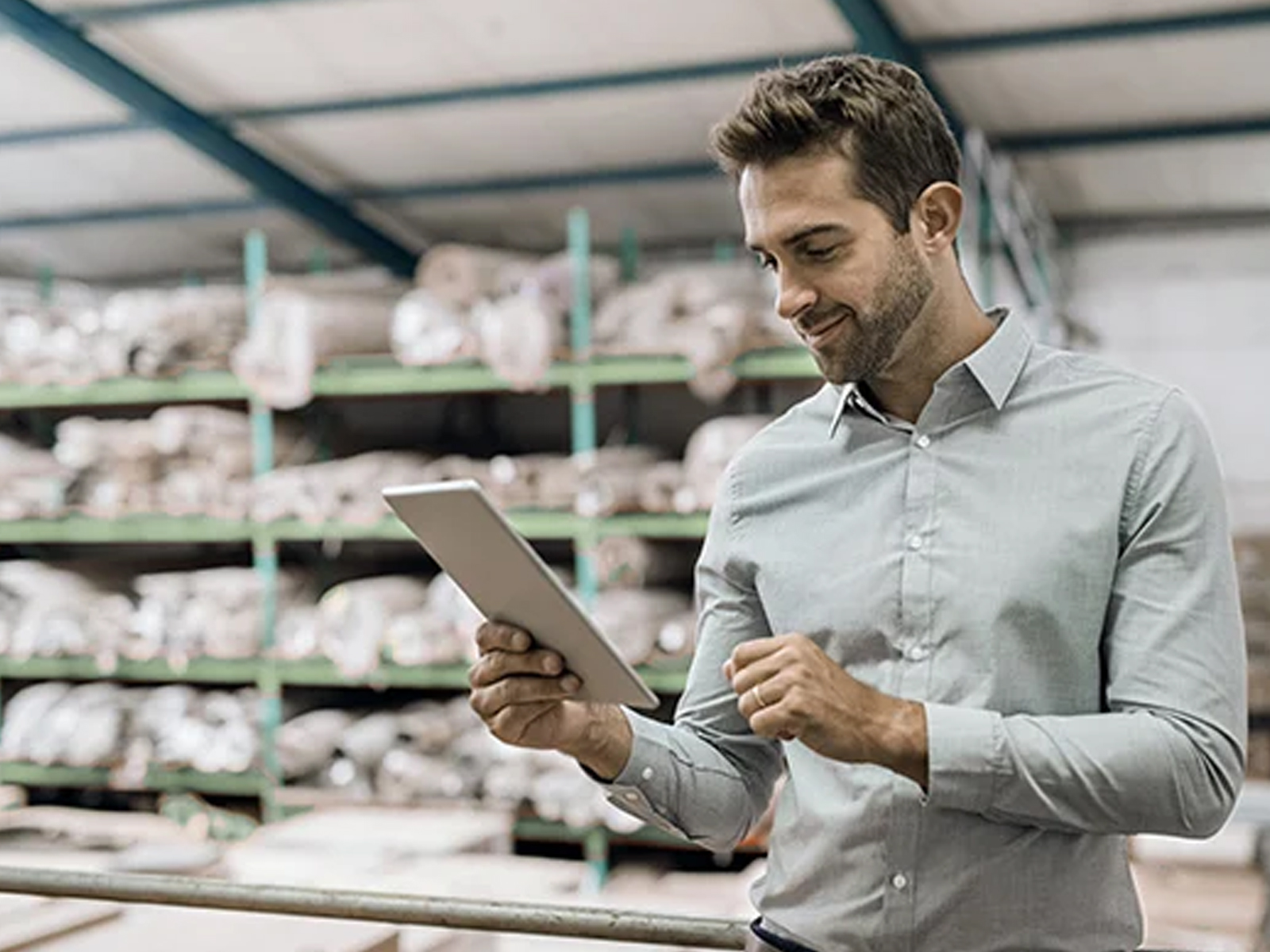
The Future of Shipment Tracking: MyZiegler
As impressive as ZOE and Easy Track are, Ziegler is not resting on its laurels. We are currently trialling an exciting new platform called MyZiegler in Belgium, with plans to roll it out to other countries, including the UK, in the near future.
MyZiegler promises to be a comprehensive, all-in-one solution that combines the best features of ZOE and Easy Track while adding new functionalities to further enhance the user experience. Whilst the program goes through the latter stages of refinement, the final package of MyZiegler will offer:
- Advanced analytics and predictive capabilities
- Seamless integration with customers’ existing systems
- Enhanced collaboration tools for stakeholders across the supply chain
- Customisable dashboards for at-a-glance insights
- Artificial intelligence-powered route optimisation and risk assessment
The introduction of MyZiegler demonstrates Ziegler’s commitment to continuous innovation and its dedication to providing customers with the most advanced shipment tracking and visibility tools available.
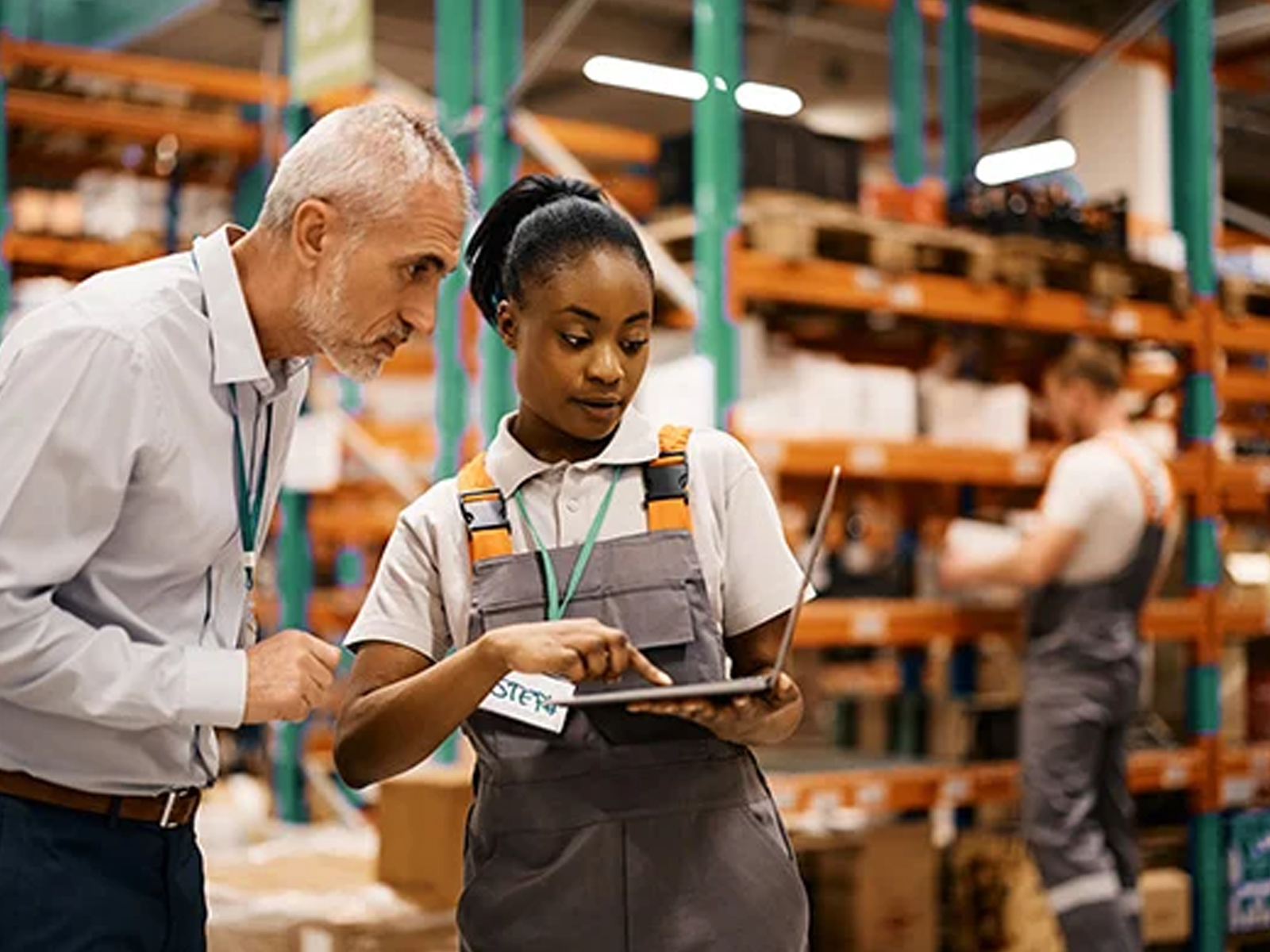
Embracing the Digital Future
As technology continues to evolve at a rapid pace, the future of shipment tracking looks brighter than ever. From artificial intelligence and machine learning to the Internet of Things and 5G networks, emerging technologies promise to make tracking even more precise, predictive, and valuable.
By leveraging these advancements, we are are not just improving visibility; we’re transforming the entire logistics landscape. Real-time tracking is no longer a luxury—it’s a necessity for businesses looking to thrive in an increasingly competitive global marketplace.
In today’s interconnected world, global shipping has become an intricate dance of logistics, regulations, and coordination. Ziegler have branches in 15 countries worldwide but through a growing partner network, we have coverage across 195 countries. This exemplifies the complex nature of modern supply chains, with the process of moving goods from point A to point B across international borders involving a myriad of challenges. Some of which are detailed below.
Global shipping presents a multifaceted challenge that encompasses various complex elements. Regulatory compliance stands as a formidable hurdle, with each country enforcing its own set of customs regulations, tariffs, and documentation requirements, making the task of staying current with these ever-changing rules a full-time endeavour. Adding to this complexity are the significant infrastructure variations across regions, where disparities in the quality and availability of transportation networks can substantially impact transit times and costs. Effective communication, crucial in logistics, is often hindered by cultural and language barriers, leading to potential misunderstandings and delays. The geopolitical landscape further complicates matters, as trade disputes, sanctions, and political instability can abruptly disrupt established supply routes, necessitating swift adaptations. Lastly, the technical challenge of integrating compatible tracking and management systems across diverse regions adds another layer of complexity to the already intricate world of global shipping. These intertwined factors collectively contribute to the maze-like nature of international logistics, requiring expertise and adaptability to navigate successfully.

The Drawbacks of Keeping Everything In-House
While maintaining complete control over supply chain operations might seem appealing, there are several significant drawbacks for clients who choose an entirely in-house approach:
Higher Costs: Without the economies of scale that specialised logistics providers can offer, in-house operations often result in higher shipping costs that are passed on to clients. This can significantly impact a company’s competitiveness in price-sensitive markets.
Limited Global Reach: Establishing a truly global presence requires enormous resources. Clients relying solely on in-house logistics often find themselves unable to efficiently serve certain markets or regions, limiting their growth potential.
Slower Adaptation to Market Changes: In-house operations typically lack the flexibility to quickly adapt to sudden changes in demand or new market opportunities, potentially causing clients to miss out on business growth.
Increased Risk of Delays and Disruptions: Without access to diverse shipping routes and methods that 3rd party networks provide, clients face a higher risk of supply chain disruptions due to unforeseen events in specific regions.
Reduced Focus on Core Business: Managing complex global logistics operations in-house can divert significant time and resources away from a client’s core business activities, potentially hampering innovation and competitiveness.
According to a 2022 study by Gartner, companies that rely solely on in-house logistics spend an average of 12% more on their supply chain operations compared to those leveraging 3rd party partnerships.
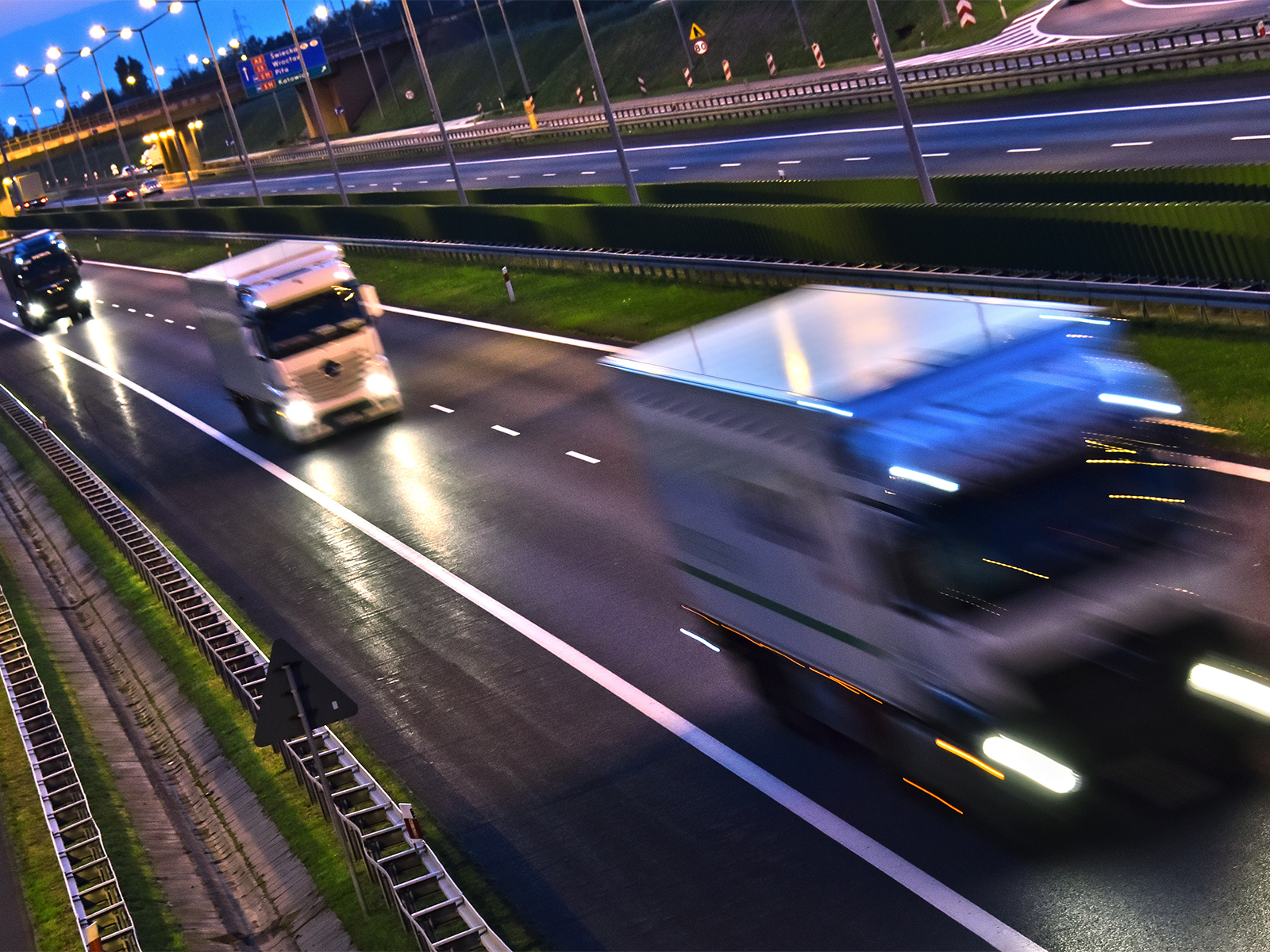
10 Benefits of 3rd Party Partnerships
Given the complexities of global shipping and the drawbacks of a fully in-house approach, partnering with 3rd party logistics providers offers numerous advantages:
- Access to Specialised Expertise: 3rd party partners bring deep, local knowledge of specific markets, regulations, and best practices. This expertise can be invaluable in navigating complex regulatory environments and optimising routes.
- Cost Efficiency: By leveraging the existing infrastructure and networks of partners, companies can achieve economies of scale without the need for massive capital investments. The 2023 Third-Party Logistics Study reported that shippers using 3PL services saw an average logistics cost reduction of 15%.
- Flexibility and Scalability: Working with multiple partners allows companies to quickly scale operations up or down in response to market demands. This agility is particularly valuable in today’s volatile global markets.
- Risk Mitigation: Diversifying logistics operations across multiple partners helps spread risk and reduces vulnerability to disruptions in any single region or provider.
- Focus on Core Competencies: Outsourcing logistics to specialised partners allows companies to concentrate on their core business activities, improving overall efficiency and competitiveness.
- Technology Access: Leading 3rd party logistics providers invest heavily in advanced technologies like AI-driven route optimisation, real-time tracking, and predictive analytics. Partnering with them gives access to these capabilities without the need for in-house development.
- Global Reach: As demonstrated by Ziegler’s model, partnerships enable companies to offer truly global coverage without the need for physical presence in every market.
- Compliance Assurance: Reputable 3rd party partners stay current with local regulations, reducing the compliance burden and risk for their clients.
- Improved Customer Service: With local partners handling last-mile delivery and customer interactions, companies can often provide better, more culturally attuned service in diverse markets.
- Innovation and Best Practices: Exposure to multiple partners’ operations allows companies to observe and adopt innovative practices from across the industry.
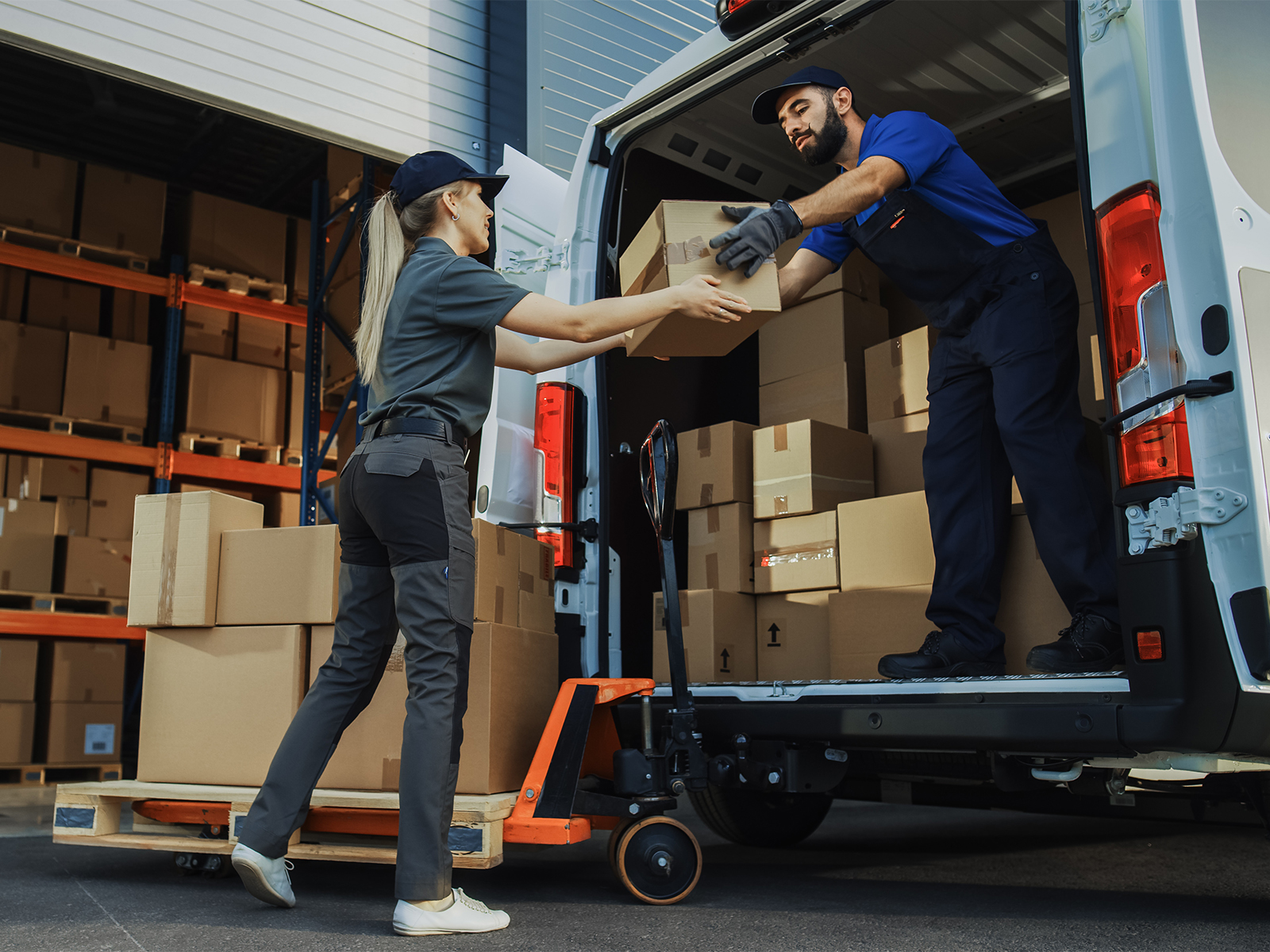
According to the 2023 Third-Party Logistics Study, 93% of 3PL users and providers agree that their relationships are successful. Moreover, 64% of shippers reported that 3PLs have helped them improve customer service.
While global shipping remains a complex challenge, the strategic use of 3rd party partnerships offers a powerful solution. Ziegler are able to demonstrate that by combining a core network of owned operations with an extensive web of partnerships. This enabled our clients to achieve global reach, maintain operational efficiency, and possess the agility to thrive in a dynamic marketplace. As supply chains continue to evolve, the ability to leverage diverse partnerships may well become a key differentiator between market leaders and those struggling to keep pace with global demands.
Speak with a Ziegler sales representative today to elevate your supply chain towards conquering the international market. https://www.zieglergroup.com/gb/contact/
More Exhibition Success For Ziegler UK At Multimodal 2024
Following the success of our appearance at last year’s Multimodal in Birmingham’s NEC, Ziegler were back again but raising the bar with an even more impressive setup. Equipped with a bespoke stand, in a central location, showcasing the very best of what we have to offer and with an expert team across every field of expertise on hand for introductions, it was the ideal opportunity to make a statement at the number one industry event of the year.
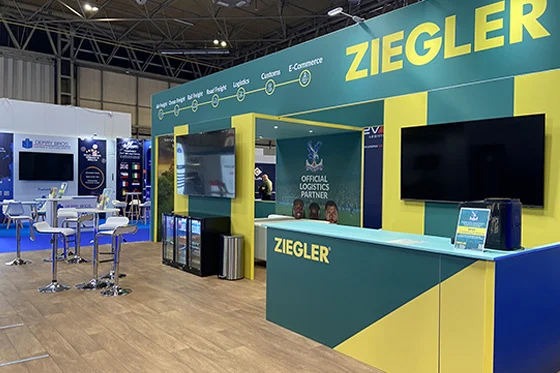
Introducing Ziegler UK Through Our New Feature Video
We’re delighted to be able to share with you our long-awaited Ziegler UK feature video. This narrative perfectly encapsulates how Ziegler have full capabilities to transform your supply chain. The sky really is the limit when you entrust us to manage your shipments. Click the link to view: https://www.youtube.com/watch?v=kmRBe4H88PY
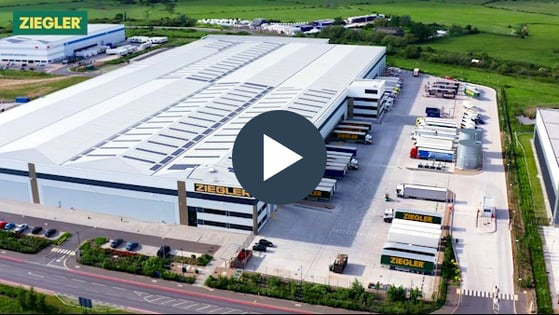
Check Out Our Brand New Comprehensive Brochure Available for Download
Discover Ziegler UK’s new brochure, now available for download! This comprehensive guide covers our extensive freight services, including our London Gateway super hub, cost-saving EU importation solutions, Premier League partnership, and sustainability commitments. Learn why Ziegler is your ideal logistics partner.
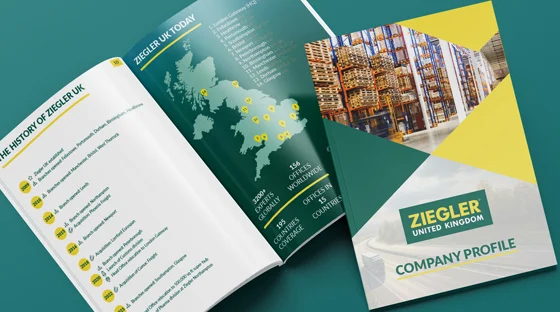
Ziegler UK Confirm Continued Sponsorship With Crystal Palace FC For 2024/25 Season
We are thrilled to announce that Ziegler UK will continue as the official logistics partner of Crystal Palace FC for the 2024/25 season, following a highly successful inaugural year. Our ongoing sponsorship underscores our commitment to excellence and innovation in logistics, mirroring Crystal Palace’s dedication to performance and teamwork. Together, we look forward to another exciting season, supporting the Eagles both on and off the field.
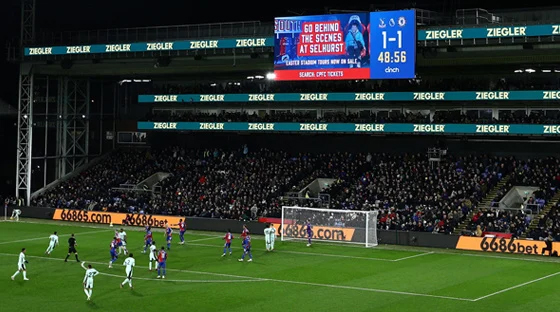
UKWA CEO Clare Bottle Welcomed to London Gateway
As part of her “Around the Warehouses in 80 Visits” UK Tour, we were delighted to welcome Clare along with Essex Chamber of Commerce and DP World representatives for a tour of our London Gateway premises.
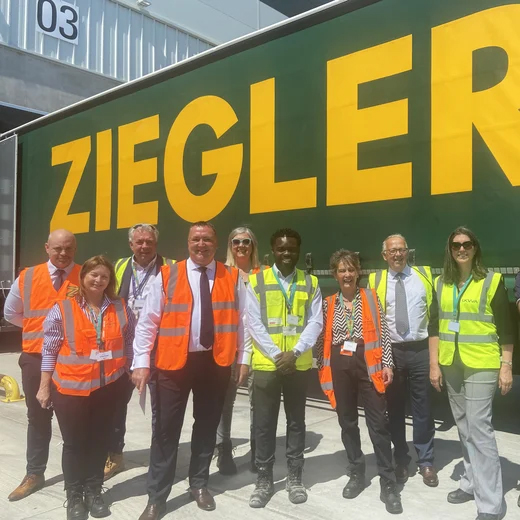
Felixstowe & Walton FC Sponsorship Deal Announced for 24/25
Through pitchside signage and team bus advertising, Ziegler will be sponsoring the Suffolk based club next season. Based close to our Felixstowe branch, it is also where Ipswich Town Ladies play their home matches.

Don’t forget to follow us on social media
Stay connected to ensure you’re always up to date with all latest Ziegler UK news, promotions and offers.
Click on the social media icons at the bottom of this page to follow us on each channel.

We’re excited to share a significant milestone in Ziegler UK’s journey towards enhancing our logistics capabilities. Our new 24,000 square foot, 2-tier mezzanine floor at our Head Office Warehouse at London Gateway is finally completed, and we can’t wait to see our valued customers and partners benefit from it.
This expansive addition to our warehouse isn’t just about extra square footage. It’s a strategic move that will revolutionise our operations and allow us to offer an unprecedented level of service. With the new space, we’re poised to introduce a range of value-added services that will set a new standard in the logistics industry.

Intricate Case Picking and Packing: Precision Meets Efficiency
One of the key services we’ll be offering is intricate case picking and packing. This meticulous process involves selecting specific items from bulk inventory and packaging them according to individual order requirements. The benefits of this service are numerous:
- Improved accuracy: Reduces errors in order fulfilment
- Customisation: Allows for tailored packaging solutions for different products
- Inventory optimisation: Enables better stock management and reduced waste
- Cost-effectiveness: Minimises shipping costs by optimising package sizes
E-commerce Operations: Powering Your Online Business
In today’s digital age, e-commerce is the lifeblood of many businesses. Our new facility will house dedicated e-commerce operations, providing:
- Streamlined order processing: Faster turnaround times from order placement to shipment
- Integrated inventory management: Real-time stock updates across multiple sales channels
- Customised packaging and branding: Enhance your brand presence with tailored packaging solutions
- Returns management: Efficient handling of product returns and exchanges
B2B and B2C Services: Catering to All Business Models
Whether you’re selling to other businesses or directly to consumers, our expanded capabilities will support your needs:
B2B Services:
- Bulk order handling
- Just-in-time delivery
- Cross-docking capabilities
- EDI integration
B2C Services:
- Individual order fulfilment
- Gift wrapping and personalisation
- Direct-to-consumer shipping
- Customer service support

The Ziegler Advantage: Experience and Expertise
With over a century of experience in freight transportation, Ziegler has consistently been at the forefront of logistics innovation. Our exposure to multiple industries, including Healthcare, Food and Drink, and Automotive, has allowed us to develop a flexible and comprehensive approach to logistics.
This wealth of experience translates into tangible benefits for our customers:
- Industry-specific knowledge: We understand the unique requirements of various sectors
- Adaptability: Our services can be tailored to meet your specific needs
- White glove logistics: We offer premium handling for high-value or sensitive items
- Continuous improvement: We’re always enhancing our skills and adopting new technologies
As we approach the completion of our warehouse expansion, we’re filled with excitement about the possibilities it brings. Our dedicated team is ready to leverage this new facility to provide you with unparalleled logistics solutions.
We’d like to extend our heartfelt thanks to all our customers and partners for their continued support. This expansion is not just an investment in our infrastructure, but an investment in our ability to serve you better.
Some exciting news about developments within Ziegler UK that are set to enhance your experience with us…
Effective 1st July 2024, our Newport and Bristol branch offices will combine resources and officially merge into our existing Ziegler Newport branch. This strategic move is designed to significantly strengthen our service capabilities for both our existing and new customers, especially in the realm of multimodal freight transportation and logistics.

Enhancing Multimodal Freight Services
Previously, our Newport branch focused primarily on road freight and warehousing, while the Bristol branch specialised in ocean, rail, and airfreight. By merging these two branches into a single multimodal facility in Newport, we will create a powerful hub capable of managing all facets of freight transportation. This integration means we can provide a seamless and efficient service that leverages the strengths of each transportation mode, from road and rail to ocean and air.
With this merger, Ziegler UK is positioned to offer a more robust and versatile logistics solution. Our enhanced capabilities will allow us to better meet the diverse needs of our customers, ensuring that your goods are transported and stored in the most efficient and cost-effective manner possible. This consolidated branch will handle all UK, international, and warehousing needs, providing a one-stop-shop for all your logistics requirements.
Meet the Team
The Newport branch will continue to be managed by Chris Lacey, who has been a dedicated member of the Ziegler family for over 11 years. Chris began his journey with Ziegler at our Bristol branch before opening the Newport branch eight years ago. His extensive experience and commitment to excellence will ensure a smooth transition and continuous high-quality service.

Seamless Transition
Rest assured, it’s business as usual. Our combined branch resources have been fully operational since 1st July, providing you with the seamless and enhanced service you expect from Ziegler. Our team is dedicated to making this transition as smooth as possible for you, and we are confident that the merger will bring significant benefits to your logistics operations.

Our Commitment to You
At Ziegler UK, we are committed to continuously improving our services and exceeding your expectations. This merger is a testament to our dedication to providing top-tier logistics solutions. By strengthening our multimodal freight transportation and logistics services, we aim to enhance your experience and ensure that your business runs smoothly and efficiently.
We look forward to serving you better with our enhanced capabilities and continuing to be your trusted partner in logistics.
Onboard summer 2024
Dear readers,
There is a conviction and realisation among freight forwarders that says: logistics experts always find a way (for their customers). Be it the rail route to and from China in view of the crisis in the Red Sea, be it event technology for “base jumpers” up to Swiss mountain regions or “just” direct journeys to Scandinavia. This is what Ziegler’s customers rely on – in Switzerland, Germany and elsewhere. See for yourself!
Yours sincerely
Thorsten Witt, CEO
Ziegler Switzerland & Germany
Previous editions:
2023
Onboard autumn 2023
Onboard summer 2023
2022
Onboard autumn 2022
2021
Onboard summer 2021
2020
Onboard, edition autumn/winter 2020
Onboard Spring/Summer 2020
2019
Onboard Winter 2019
Onboard Summer 2019
Onboard Spring 2019
2018
Onboard Winter 2018
Onboard Summer 2018
Onboard Spring 2018
2017
Onboard Winter 2017
Onboard Summer 2017
Onboard Spring 2017
Below you will find the Ziegler (Switzerland) AG summer timetable 2024.
Other seasonal peculiarities such as driving regulations or impairments in road traffic – e.g. driving bans for trucks or construction work on roads and highways – also influence the timetables and delivery dates.
In particular, the transit times of consignments, both in the groupage freight sector and for charter shipments, are particularly affected at weekends.
We would therefore ask you to coordinate scheduled deliveries with your known contacts in the operations department in advance.
If you have any questions, please do not hesitate to contact us.
Phone +41 (0) 61 815 53 53
E-Mail: info@ziegler.ch
European retailers are facing significant challenges as they rush to secure their Christmas orders early, driven by soaring shipping costs and disruptions in trade routes. The ongoing conflict in the Red Sea has severely impacted shipping prices and created substantial uncertainty in the supply chain.
Current Supply Chain Disruptions
The recent surge in container prices, which had initially peaked in January, has surged again. For businesses reliant on timely shipments, these disruptions necessitate meticulous advance planning to ensure timely deliveries for Black Friday and the Christmas season. Early planning, while effective in mitigating stock shortages, puts a strain on cash flow and requires additional warehouse space to store goods for longer periods. The spot rate for immediate delivery of goods has escalated from $4,500 to $7,500, significantly impacting bulky, low-margin items such as furniture and kitchen appliances.
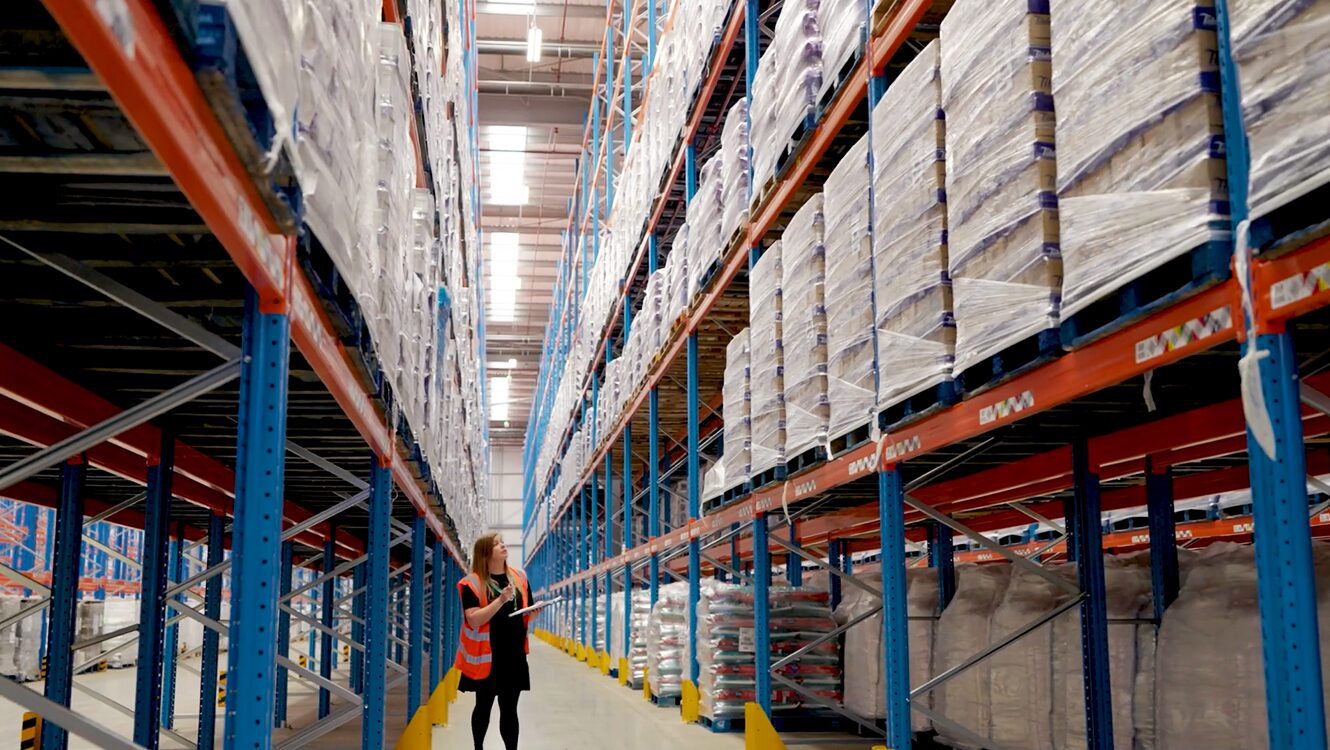
Impact on Retail Prices
The substantial increase in shipping costs leaves retailers with limited options to absorb these expenses, inevitably leading to higher prices for consumers on big-ticket items in the coming months. This surge in costs is a direct result of attacks in the Red Sea and Gulf of Aden, which have caused the average cost of shipping a 40ft container to rise to over $4,000, a 140% increase from 2023 levels.

Strategic Shipping Adjustments
Importers are adapting by shipping goods as early as possible, a lesson reinforced by past disruptions. Retailers typically begin importing goods for the holiday season between late summer and autumn, but many are now advancing their schedules to avoid potential shortages.
The strategic rerouting of vessels around Africa to avoid the Red Sea has extended shipping times, with journeys between Asia and Europe now requiring over 100 days. This adjustment not only affects the rotation of container equipment but also results in only 50% of global container shipping being completed on time.
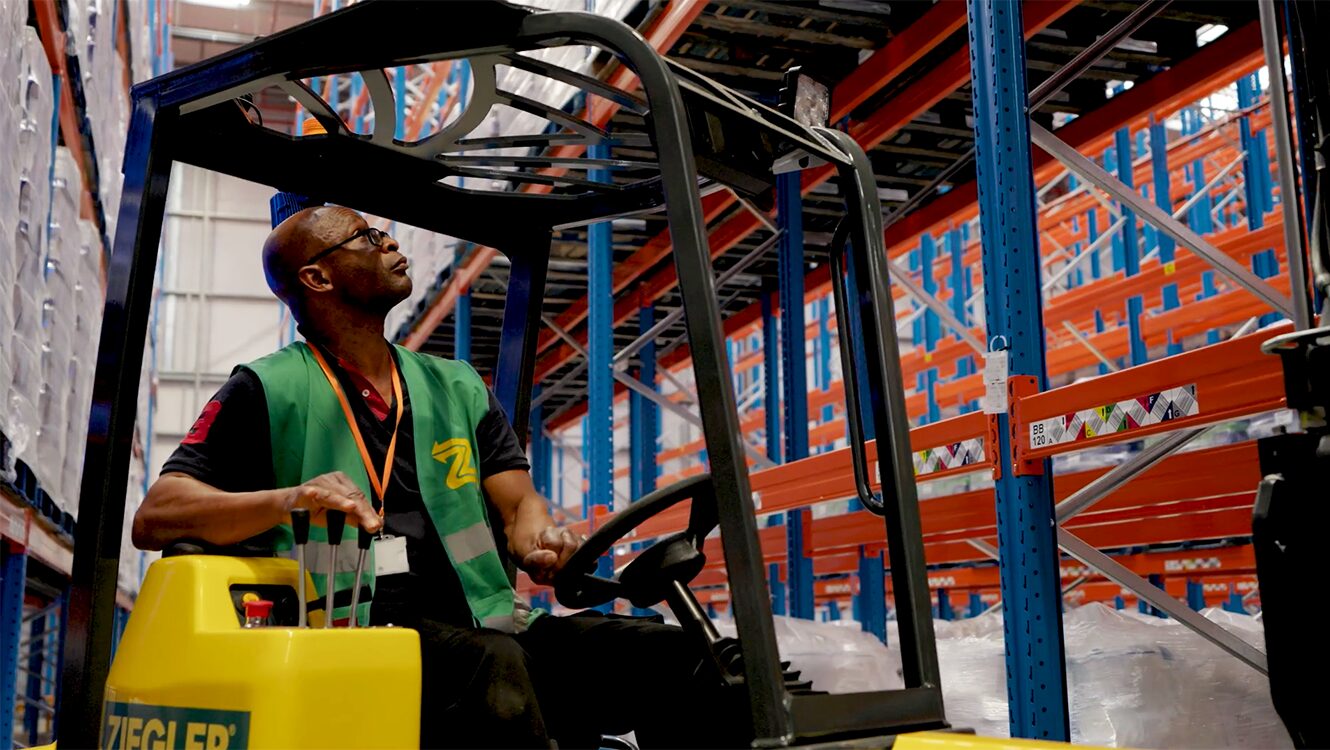
Ziegler’s Solution: London Gateway Warehouse
In the midst of these challenges, businesses face a critical need for reliable and ample warehouse space to accommodate early shipments and buffer against supply chain disruptions. Ziegler’s new 365,000 square foot warehouse facility at London Gateway presents an optimal solution. This state-of-the-art facility offers abundant storage space, ensuring that businesses can store their goods securely and efficiently as they navigate the complexities of current shipping dynamics.
By leveraging Ziegler’s extensive warehouse capabilities at London Gateway, businesses can better manage their inventory, reduce the impact of shipping delays, and maintain a steady supply of products for their customers. This strategic move not only addresses immediate storage needs but also positions businesses to handle future uncertainties with greater resilience and confidence.
For businesses actively engaged in shipping, Ziegler’s London Gateway facility stands out as a crucial asset in overcoming the ongoing warehouse space shortage and ensuring smooth operations during peak seasons.
Sustainability is not just a trend; it’s a key driver of value for our business.
At Ziegler, we’ve pinpointed five powerful reasons why sustainability is central to our strategy:
1. Meeting Customer Expectations
Our customers want partners who support their decarbonization goals. We strive to be that trusted ally by leading the way in innovative solutions and reducing carbon emissions throughout their supply chains.
2. Optimising Operations
Reducing carbon emissions, energy use, and absenteeism lowers our operational costs. This dual benefit is both economically and environmentally advantageous.
3. Regulatory Compliance
Staying compliant with regulations is critical. Governments and financial institutions require transparent sustainability reporting, emphasising long-term commitments to societal and environmental responsibilities as mandated by European Commission directives.
4. Attracting Investments
Investors and banks are increasingly considering sustainability in their decisions. Companies with robust sustainability strategies gain an edge in securing affordable capital. The European Commission mandates that banks offer better rates to companies making significant progress and higher rates to those lagging.
5. Enhancing Employer Branding
In today’s competitive job market, especially among younger generations and recent graduates, employees prefer companies with a clear purpose and a strong commitment to sustainability.
Check out our Sustainability Report
The annual Multimodal exhibition, a cornerstone event in the UK’s logistics calendar, once again provided Ziegler with an unparalleled platform to showcase our evolving capabilities. Our third consecutive appearance at this prestigious gathering marked a significant milestone in our ongoing journey of growth and innovation.
This year’s three-day event was a hive of activity, with our meticulously designed stand serving as a focal point for industry professionals and curious visitors alike. Situated in a prime location near the hall’s entrance, our presence was impossible to ignore. The stand’s modern aesthetic and interactive displays drew attendees in, sparking numerous engaging conversations and fostering new connections.
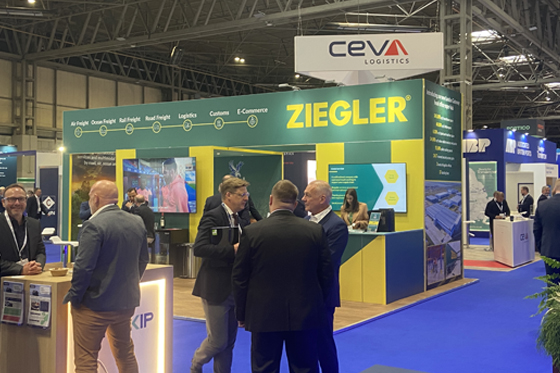
At the heart of our exhibition we showcased some brand new video content, with the spotlight on both our recent expansion into a sprawling 500,000 square foot facility at the London Gateway in Essex and our continued partnership with Crystal Palace Football Club as their Official Logistics Partner.
We also took this opportunity to continue promotion of our pioneering customs solution, Ziegler:SMART. This innovative system continues to revolutionise EU importation by eliminating VAT and clearance requirements at the point of entry, a development that garnered significant interest from attendees grappling with post-Brexit complexities.
In line with global shifts towards responsible business practices, we proudly presented our ongoing sustainability efforts which have been echoed by our latest Corporate Sustainability Report for 2024. This comprehensive document outlines our ongoing efforts and future plans in areas such as carbon footprint reduction, ethical supply chain management, and community engagement.

The Smartscan app once again proved invaluable throughout the event, allowing us to efficiently capture and manage the wealth of new contacts made. This streamlined approach to networking sets the stage for future collaborations and partnerships.
Reflecting on the exhibition, it’s clear that Multimodal served not only as a showcase for our current offerings but also as a launchpad for our future endeavours. The enthusiastic response from attendees reinforces our position as an industry leader and innovator. It was a powerful affirmation of our trajectory and a glimpse into the bright future we’re actively creating.
As we build on this momentum, we’re excited about the opportunities that lie ahead and the positive impact we’ll continue to make in the industry. The insights gained and relationships forged at Multimodal will undoubtedly shape our strategies. We remain committed to pushing boundaries, embracing change, and continually redefining what’s possible in logistics and supply chain management. The success of our participation in Multimodal is a testament to the dedication and expertise of our team. Their passion for excellence shone through in every interaction, leaving a lasting impression on all who visited our stand.

A big thank you to all who attended from Ziegler:
Lee Marshall, Managing Director
Andy Maclean, Road Freight Director
Paul Nash, Air Freight Director
Andy Burnham, Ocean Freight Director
David Wright, Commercial Director
Stewart Brook, Regional Commercial Manager
Aaron Brewer, Regional Commercial Manager
Mark Sidwell, Regional Commercial Manager
Mike Brin, Regional Commercial Manager
Peter Barker, Regional Commercial Manager
Adam Jefferies, Regional Commercial Manager
Tony Ball, Branch Manager
Matt Smith, Branch Manager
Katie-Louise Scott, Business Development Manager
Greg Rawles, Marketing Manager
Hannah Ribera-Edwards, Front of House
Tony Slaven, Facilities Manager
Andy Buck, Facilities Manager
